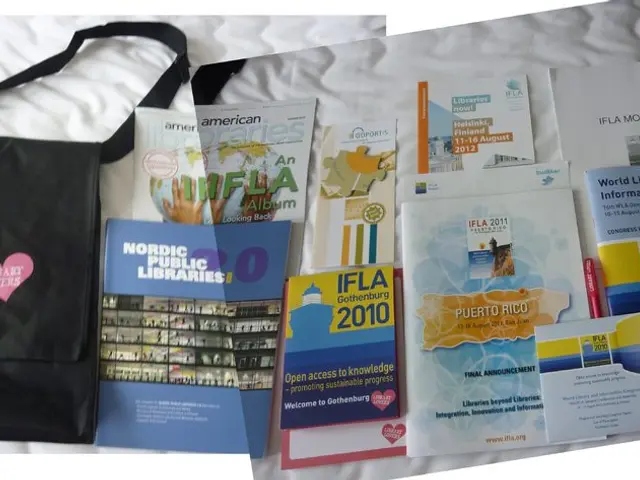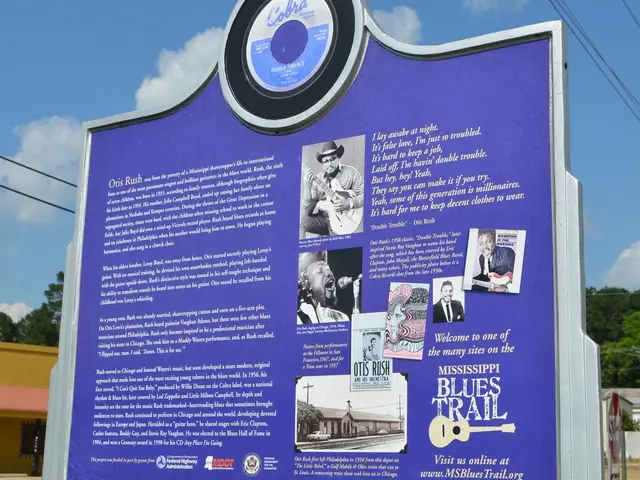FAFSA Early Application Period Is Now Available: Key Points to Consider
The Free Application for Federal Student Aid (FAFSA) is an essential tool for students planning to attend college next year. The FAFSA application sends a student's financial information to the schools they are interested in attending, helping determine their eligibility for federal student aid programs, like work-study and loans, as well as state and school aid.
The 2026-27 FAFSA form is currently in a limited beta test, open to a select group of students and families. The Department of Education is conducting two phases of beta testing for the FAFSA form before it becomes available to everyone.
In the first phase, a small group of students and families were selected through existing partnerships with community organizations and schools to test the FAFSA application system and ensure system performance. The second phase, starting in September 2025, will be open for students to request participation. However, please note that participation is limited, and not all applicants will be accepted.
If you're interested in joining the second phase of the beta test, keep an eye out for announcements from the Department of Education or FAFSA official communications around September 2025. Early participation in the first phase is by invitation through partner organizations.
The full 2026-27 FAFSA application will be publicly available to all students starting October 1, 2025, with submission deadlines on June 30, 2026.
To prepare for the FAFSA, students can create a studentaid.gov account and gather necessary documents. The FAFSA requires a Social Security number, driver's license number, Alien registration number (if not a U.S. citizen), federal income tax returns, W-2s, bank statements, records of investments, and records of untaxed income.
It's worth noting that private, merit-based scholarships may also require FAFSA information to determine a student's eligibility.
Both first-time college students and returning students can apply for the FAFSA. The amount of financial aid a student receives depends on each institution, so it's essential to fill out the FAFSA to maximise your chances of receiving aid.
By understanding the FAFSA application process, students can take a significant step towards financing their college education. Stay informed and prepare early to make the most of the opportunities available.
- The California government encourages students planning to attend college in the next academic year to complete the Free Application for Federal Student Aid (FAFSA) to determine their eligibility for financial aid, including federal loans, work-study, state, and school aid.
- The Department of Education is currently conducting beta testing for the 2026-27 FAFSA form, with the second phase open for students to request participation starting in September 2025.
- In Los Angeles and other regions, community organizations and schools are partnering with the Department of Education for the FAFSA beta test, offering early participation by invitation.
- Personal-finance management is crucial for students when filling out the FAFSA application, as it requires financial documents, such as tax returns, W-2s, bank statements, records of investments, and records of untaxed income.
- Businesses across California may find it beneficial to promote the FAFSA application and its importance in the education-and-self-development sector, as many students depend on it for securing financial aid for their college education.
- An editorial in a prominent finance magazine may emphasize the significance of the FAFSA in enabling students from diverse backgrounds to access higher education by recommending businesses to incorporate FAFSA education in their community outreach initiatives. Additionally, the editorial could advocate for the Los Angeles Rams to partner with local schools and community organizations to support FAFSA applications, fostering a brighter financial future for students.








